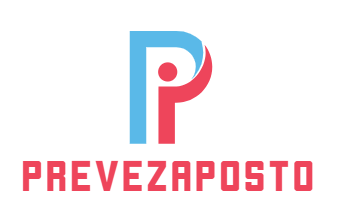Η πιο ακριβής μάζα W Boson που έχει μετρηθεί ποτέ είναι διαφορετική από την πρόβλεψη του τυπικού μοντέλου
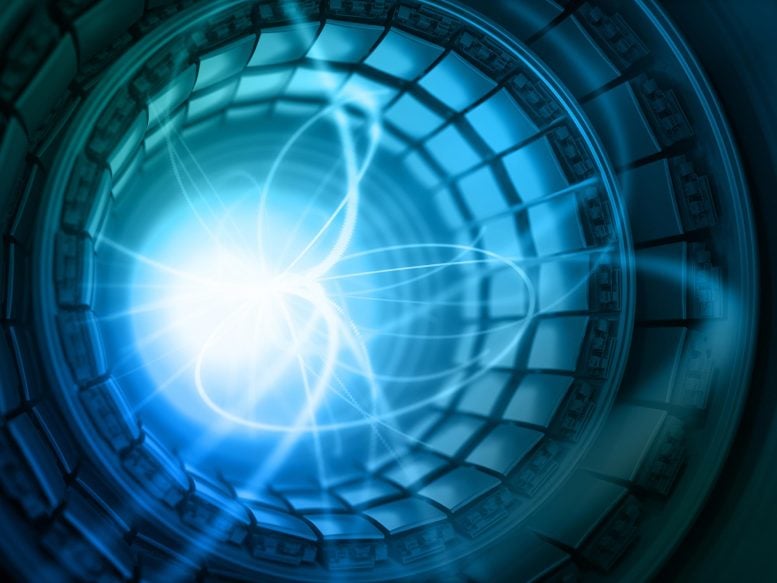
Η πιο ακριβής μέτρηση που έγινε ποτέ της μάζας του μποζονίου W δείχνει τάση με το Καθιερωμένο Μοντέλο.
Μετά από 10 χρόνια προσεκτικής ανάλυσης και ελέγχου, οι επιστήμονες του CDF στο Εθνικό Εργαστήριο Επιταχυντή Fermi του Υπουργείου Ενέργειας των ΗΠΑ ανακοίνωσαν στις 7 Απριλίου 2022, ότι πέτυχαν την πιο ακριβή μέτρηση της μάζας του μποζονίου W, μιας από τις δυνάμεις της φύσης. μεταφέροντας σωματίδια. Χρησιμοποιώντας δεδομένα που συλλέχθηκαν από τον ανιχνευτή επιταχυντών της Fermilab, ή CDF, οι επιστήμονες έχουν τώρα προσδιορίσει τη μάζα του σωματιδίου με ακρίβεια 0,01% — διπλάσια από την ακρίβεια της προηγούμενης καλύτερης μέτρησης. Αντιστοιχεί σε έναν γορίλα που ζυγίζει 800 λίβρες έως 1,5 ουγγιά.
Η νέα ζυγαριά ακριβείας που δημοσιεύτηκε στο περιοδικό να γνωρίζεις, επιτρέπει στους επιστήμονες να δοκιμάσουν το Καθιερωμένο Μοντέλο της σωματιδιακής φυσικής, το θεωρητικό πλαίσιο που περιγράφει τη φύση στο πιο βασικό της επίπεδο. Το αποτέλεσμα: Η νέα τιμή μάζας δείχνει μια τάση με την τιμή που αποκτούν οι επιστήμονες χρησιμοποιώντας πειραματικές και θεωρητικές εισροές στο πλαίσιο του Καθιερωμένου Μοντέλου.
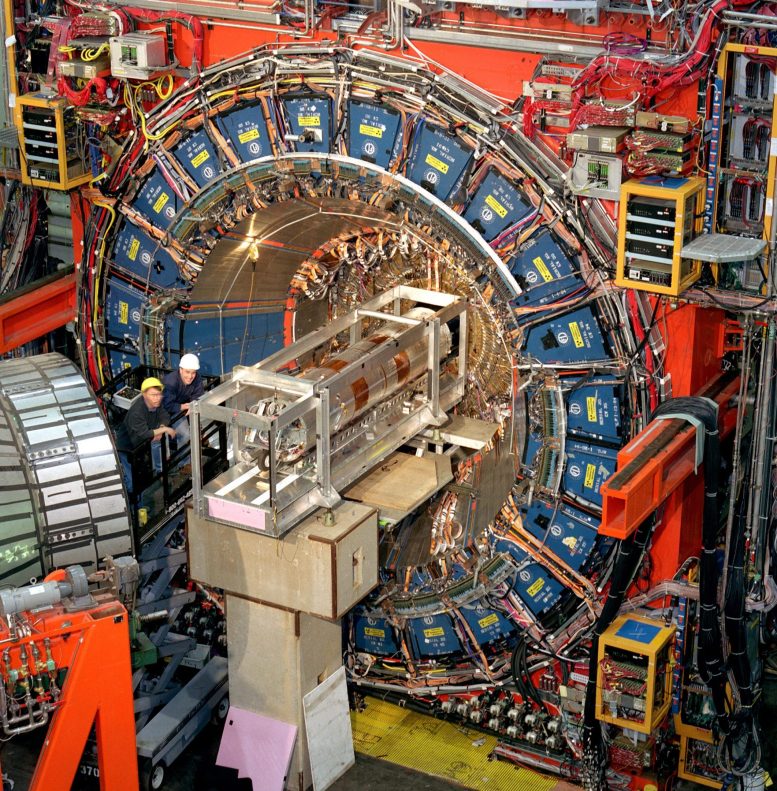
Ο ανιχνευτής επιταχυντών Fermilab κατέγραψε τις συγκρούσεις σωματιδίων υψηλής ενέργειας που δημιουργήθηκαν από τον Επιταχυντή Tevatron από το 1985 έως το 2011. Περίπου 400 επιστήμονες σε 54 ιδρύματα σε 23 χώρες εξακολουθούν να εργάζονται για τον πλούτο των δεδομένων που συλλέχθηκαν από το πείραμα. Πίστωση: Fermilab
“Ο αριθμός των βελτιώσεων και της πρόσθετης επικύρωσης που έχουν γίνει στα αποτελέσματά μας είναι τεράστιος”, δήλωσε ο Ashutosh V. Kotwal του Πανεπιστημίου Duke, ο οποίος ηγήθηκε αυτής της ανάλυσης και είναι ένας από τους 400 επιστήμονες στη συνεργασία του CDF. “Λάβαμε υπόψη τη βελτιωμένη κατανόηση του ανιχνευτή σωματιδίων μας καθώς και την πρόοδο στη θεωρητική και πειραματική κατανόηση των αλληλεπιδράσεων του μποζονίου W με άλλα σωματίδια. Όταν τελικά αποκαλύψαμε το αποτέλεσμα, διαπιστώσαμε ότι διέφερε από την πρόβλεψη του Καθιερωμένου Μοντέλου. “
Εάν επιβεβαιωθεί, αυτή η μέτρηση υποδεικνύει την πιθανή ανάγκη για βελτιώσεις σε βάρος του Τυπικού Μοντέλου ή των επεκτάσεων του Μοντέλου.
Οι επιστήμονες έχουν τώρα προσδιορίσει τη μάζα του μποζονίου W με ακρίβεια 0,01%. Αυτή είναι διπλάσια από την ακρίβεια της προηγούμενης καλύτερης μέτρησης και δείχνει ένταση με το τυπικό μοντέλο.
Η νέα τιμή είναι συνεπής με πολλές προηγούμενες μετρήσεις μάζας μποζονίων W, αλλά υπάρχουν επίσης ορισμένες διαφορές. Θα χρειαστούν μελλοντικές μετρήσεις για να ρίξει περισσότερο φως στο αποτέλεσμα.
“Αν και αυτό είναι ένα ενδιαφέρον αποτέλεσμα, η μέτρηση πρέπει να επιβεβαιωθεί από ένα άλλο πείραμα πριν μπορέσει να εξηγηθεί πλήρως”, δήλωσε ο αναπληρωτής διευθυντής της Fermilab, Joe Lykken.
Το μποζόνιο W είναι ένα σωματίδιο αγγελιαφόρου της ασθενούς πυρηνικής δύναμης. Είναι υπεύθυνος για τις πυρηνικές διεργασίες που κάνουν τον ήλιο να λάμπει και τα μόρια να αποσυντίθενται. Χρησιμοποιώντας συγκρούσεις σωματιδίων υψηλής ενέργειας από τον επιταχυντή Tevatron στο Fermilab, η συνεργασία CDF συνέλεξε τεράστιες ποσότητες δεδομένων που περιείχαν μποζόνια W από το 1985 έως το 2011.
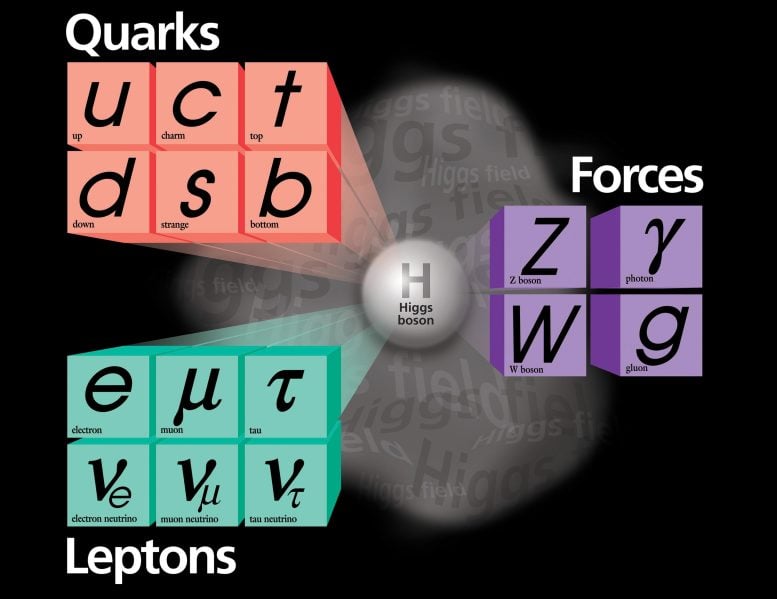
Το μποζόνιο W είναι το αγγελιαφόρο σωματίδιο της ασθενούς πυρηνικής δύναμης. Είναι υπεύθυνος για τις πυρηνικές διεργασίες που κάνουν τον ήλιο να λάμπει και τα μόρια να αποσυντίθενται. Οι επιστήμονες του CDF μελετούν τις ιδιότητες του μποζονίου W χρησιμοποιώντας δεδομένα που συνέλεξαν στον επιταχυντή Tevatron στο Fermilab. Credit: Εθνικό Εργαστήριο Επιταχυντή Fermi
Ο φυσικός του CDF Chris Hayes από τον Dr[{” attribute=””>University of Oxford said, “The CDF measurement was performed over the course of many years, with the measured value hidden from the analyzers until the procedures were fully scrutinized. When we uncovered the value, it was a surprise.”
The mass of a W boson is about 80 times the mass of a proton, or approximately 80,000 MeV/c2. CDF researchers have worked on achieving increasingly more precise measurements of the W boson mass for more than 20 years. The central value and uncertainty of their latest mass measurement is 80,433 +/- 9 MeV/c2. This result uses the entire dataset collected from the Tevatron collider at Fermilab. It is based on the observation of 4.2 million W boson candidates, about four times the number used in the analysis the collaboration published in 2012.
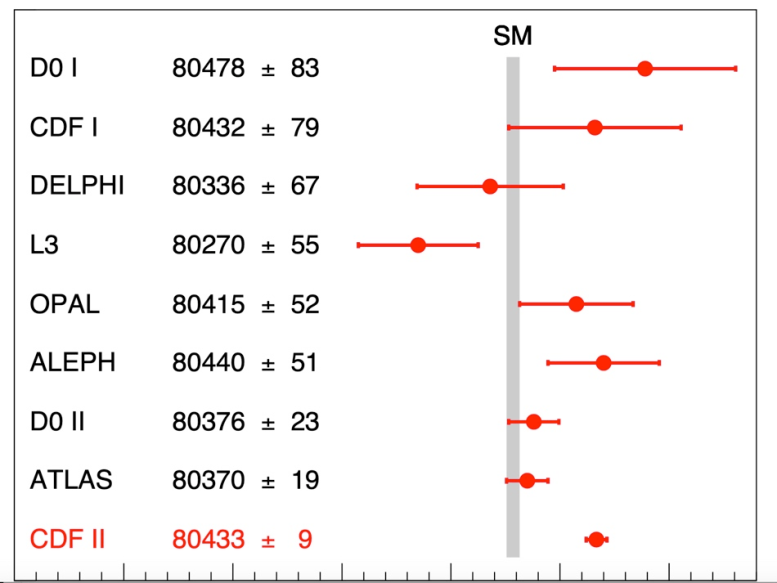
The mass of a W boson is about 80 times the mass of a proton, or approximately 80,000 MeV/c2. Scientists of the Collider Detector at Fermilab collaboration have achieved the world’s most precise measurement. The CDF value has a precision of 0.01 percent and is in agreement with many W boson mass measurements. It shows tension with the value expected based on the Standard Model of particle physics. The horizontal bars indicate the uncertainty of the measurements achieved by various experiments. The LHCb result was published after this paper was submitted and is 80354+- 32 MeV/c2. Credit: CDF collaboration
“Many collider experiments have produced measurements of the W boson mass over the last 40 years,” said CDF co-spokesperson Giorgio Chiarelli, Italian National Institute for Nuclear Physics (INFN-Pisa). “These are challenging, complicated measurements, and they have achieved ever more precision. It took us many years to go through all the details and the needed checks. It is our most robust measurement to date, and the discrepancy between the measured and expected values persists.”
The collaboration also compared their result to the best value expected for the W boson mass using the Standard Model, which is 80,357 ± 6 MeV/c2. This value is based on complex Standard Model calculations that intricately link the mass of the W boson to the measurements of the masses of two other particles: the top quark, discovered at the Tevatron collider at Fermilab in 1995, and the Higgs boson, discovered at the Large Hadron Collider at CERN in 2012.
CDF co-spokesperson David Toback, Texas A&M University, stated the result is an important contribution to testing the accuracy of the Standard Model. “It’s now up to the theoretical physics community and other experiments to follow up on this and shed light on this mystery,” he added. “If the difference between the experimental and expected value is due to some kind of new particle or subatomic interaction, which is one of the possibilities, there’s a good chance it’s something that could be discovered in future experiments.”
Reference: “High-precision measurement of the W boson mass with the CDF II detector” by CDF Collaboration, T. Aaltonen, S. Amerio, D. Amidei, A. Anastassov, A. Annovi, J. Antos, G. Apollinari, J. A. Appel, T. Arisawa, A. Artikov, J. Asaadi, W. Ashmanskas, B. Auerbach, A. Aurisano, F. Azfar, W. Badgett, T. Bae, A. Barbaro-Galtieri, V. E. Barnes, B. A. Barnett, P. Barria, P. Bartos, M. Bauce, F. Bedeschi, S. Behari, G. Bellettini, J. Bellinger, D. Benjamin, A. Beretvas, A. Bhatti, K. R. Bland, B. Blumenfeld, A. Bocci, A. Bodek, D. Bortoletto, J. Boudreau, A. Boveia, L. Brigliadori, C. Bromberg, E. Brucken, J. Budagov, H. S. Budd, K. Burkett, G. Busetto, P. Bussey, P. Butti, A. Buzatu, A. Calamba, S. Camarda, M. Campanelli, B. Carls, D. Carlsmith, R. Carosi, S. Carrillo, B. Casal, M. Casarsa, A. Castro, P. Catastini, D. Cauz, V. Cavaliere, A. Cerri, L. Cerrito, Y. C. Chen, M. Chertok, G. Chiarelli, G. Chlachidze, K. Cho, D. Chokheli, A. Clark, C. Clarke, M. E. Convery, J. Conway, M. Corbo, M. Cordelli, C. A. Cox, D. J. Cox, M. Cremonesi, D. Cruz, J. Cuevas, R. Culbertson, N. d’Ascenzo, M. Datta, P. de Barbaro, L. Demortier, M. Deninno, M. D’Errico, F. Devoto, A. Di Canto, B. Di Ruzza, J. R. Dittmann, S. Donati, M. D’Onofrio, M. Dorigo, A. Driutti, K. Ebina, R. Edgar, A. Elagin, R. Erbacher, S. Errede, B. Esham, S. Farrington, J. P. Fernández Ramos, R. Field, G. Flanagan, R. Forrest, M. Franklin, J. C. Freeman, H. Frisch, Y. Funakoshi, C. Galloni, A. F. Garfinkel, P. Garosi, H. Gerberich, E. Gerchtein, S. Giagu, V. Giakoumopoulou, K. Gibson, C. M. Ginsburg, N. Giokaris, P. Giromini, V. Glagolev, D. Glenzinski, M. Gold, D. Goldin, A. Golossanov, G. Gomez, G. Gomez-Ceballos, M. Goncharov, O. González López, I. Gorelov, A. T. Goshaw, K. Goulianos, E. Gramellini, C. Grosso-Pilcher, J. Guimaraes da Costa, S. R. Hahn, J. Y. Han, F. Happacher, K. Hara, M. Hare, R. F. Harr, T. Harrington-Taber, K. Hatakeyama, C. Hays, J. Heinrich, M. Herndon, A. Hocker, Z. Hong, W. Hopkins, S. Hou, R. E. Hughes, U. Husemann, M. Hussein, J. Huston, G. Introzzi, M. Iori, A. Ivanov, E. James, D. Jang, B. Jayatilaka, E. J. Jeon, S. Jindariani, M. Jones … P. Wagner, R. Wallny, S. M. Wang, D. Waters, W. C. Wester, D. Whiteson, A. B. Wicklund, S. Wilbur, H. H. Williams, J. S. Wilson, P. Wilson, B. L. Winer, P. Wittich, S. Wolbers, H. Wolfmeister, T. Wright, X. Wu, Z. Wu, K. Yamamoto, D. Yamato, T. Yang, U. K. Yang, Y. C. Yang, W.-M. Yao, G. P. Yeh, K. Yi, J. Yoh, K. Yorita, T. Yoshida, G. B. Yu, I. Yu, A. M. Zanetti, Y. Zeng, C. Zhou and S. Zucchelli, 7 April 2022, Science.
DOI: 10.1126/science.abk1781
The CDF collaboration comprises 400 scientists at 54 institutions in 23 countries.

“Ερασιτέχνης διοργανωτής. Εξαιρετικά ταπεινός web maven. Ειδικός κοινωνικών μέσων Wannabe. Δημιουργός. Thinker.”
